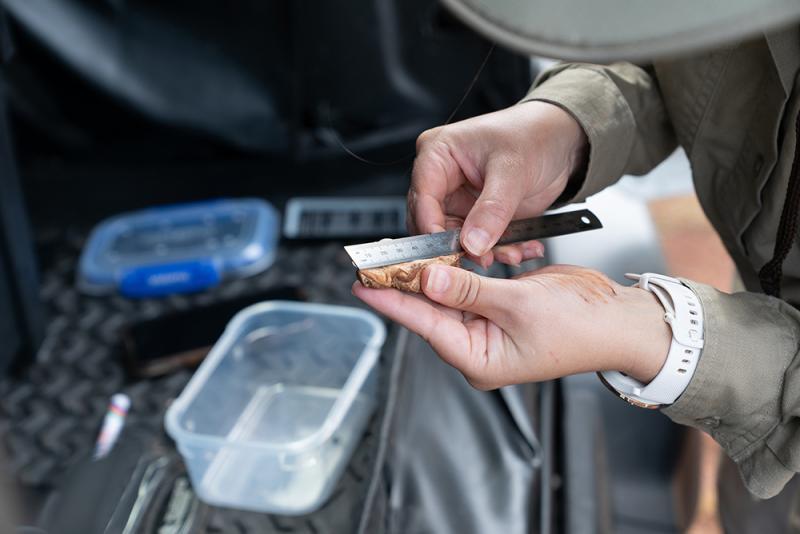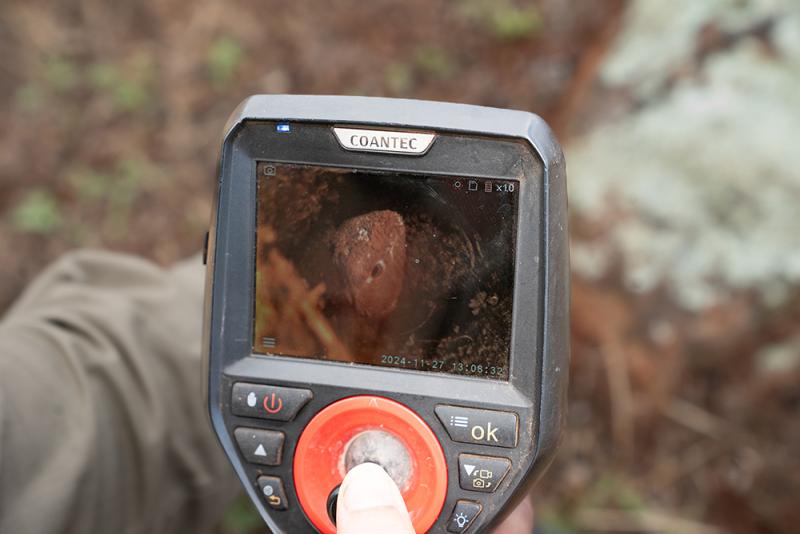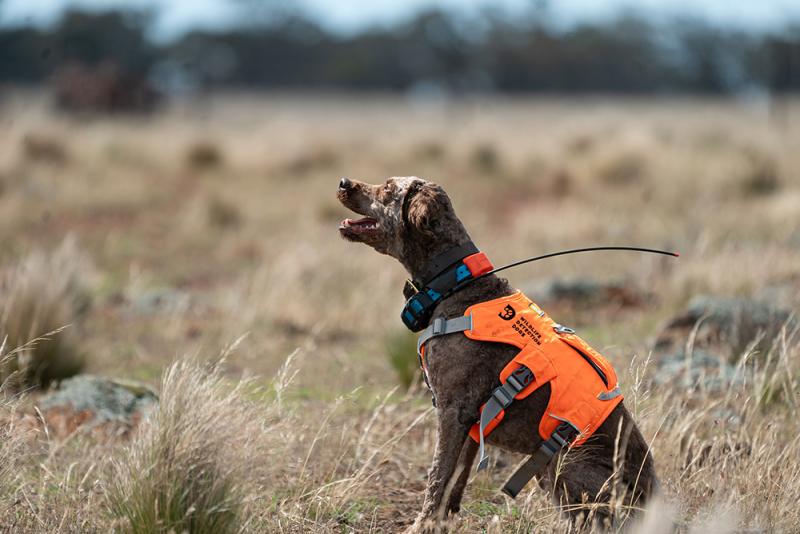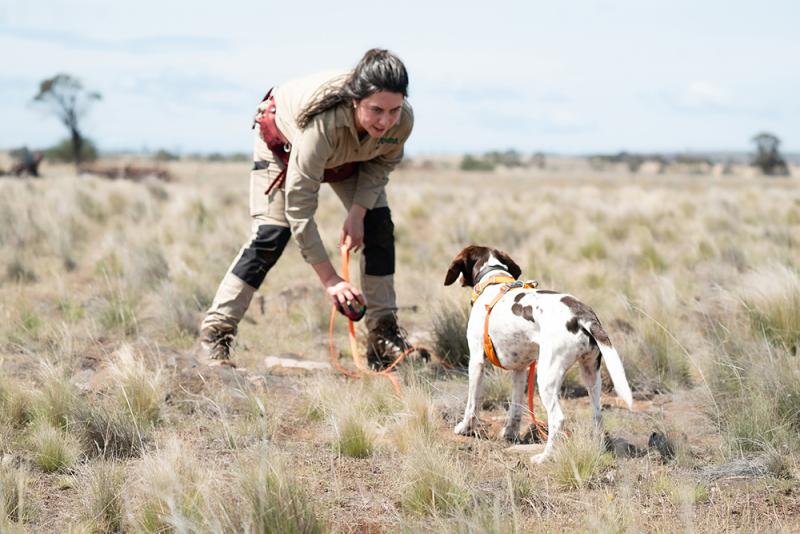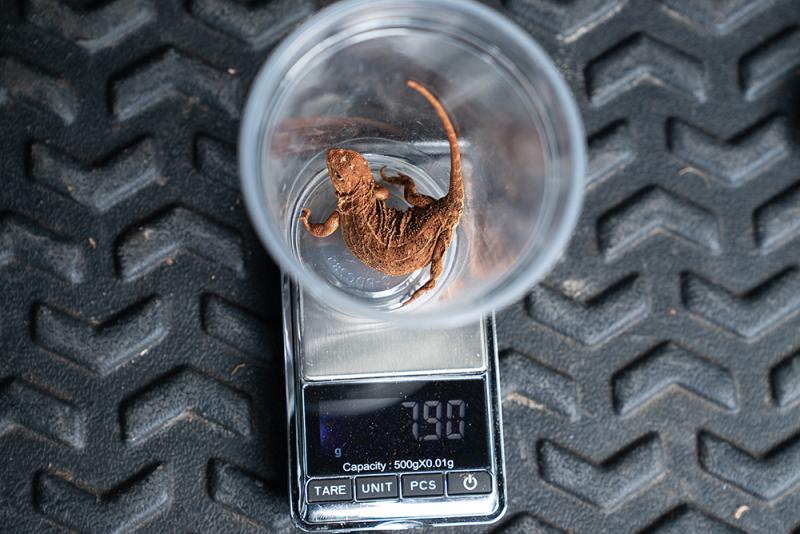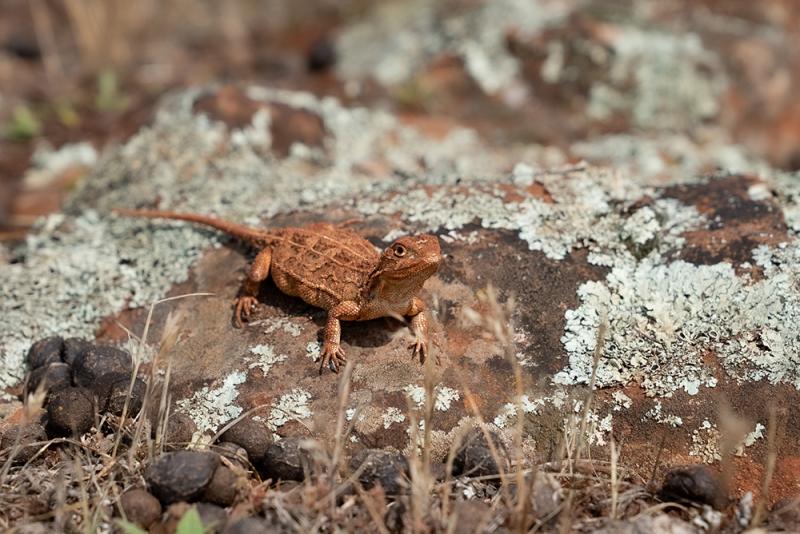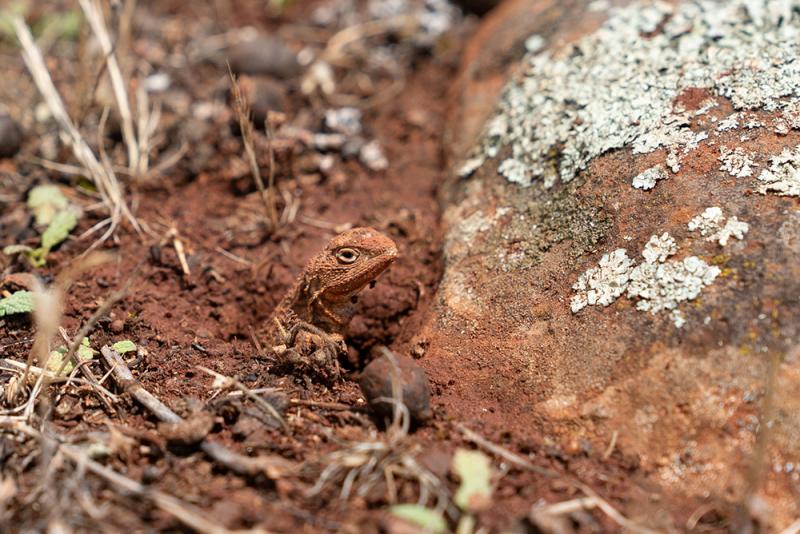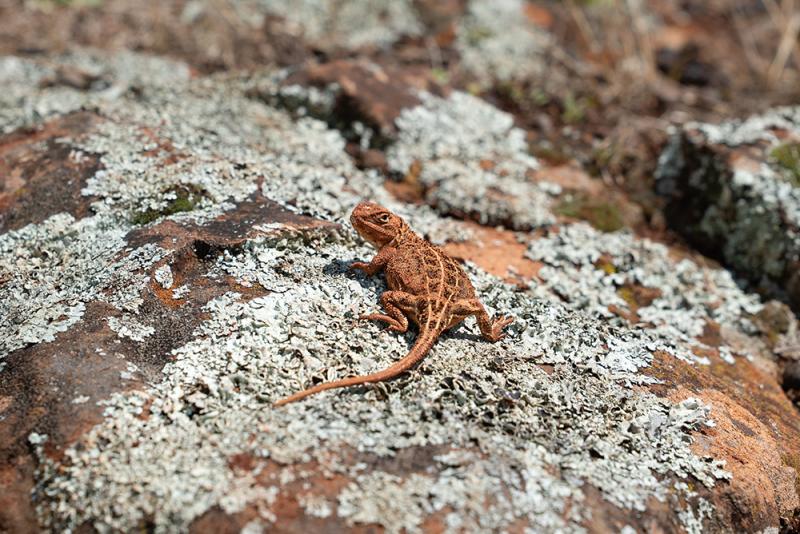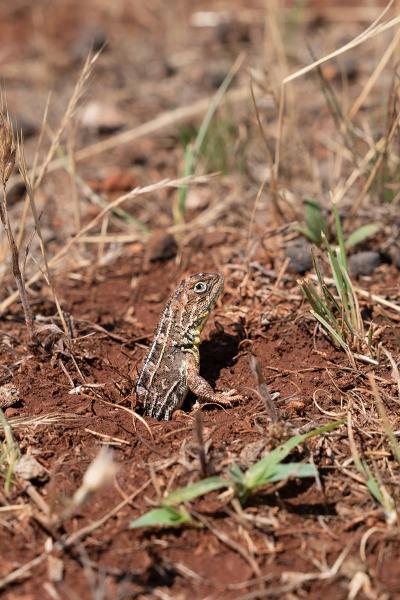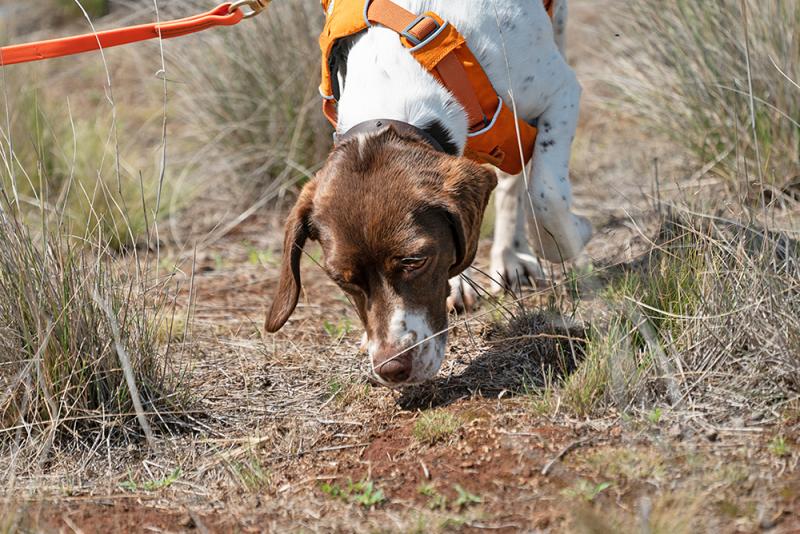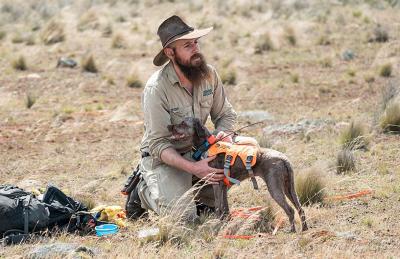
Victorian grassland earless dragons discovered by detection dogs - Wildlife Australia
Gallery
URPoint Details
Critically-endangered lizard’s best friend? A detection dog
A SPECIAL team from Zoos Victoria has successfully trained three detection dogs to search for Victorian grassland earless dragons (Tympanocryptis pinguicolla ) as part of a NESP Resilient Landscapes Hub project to protect these critically endangered lizards.
Can we harness a dog’s exceptional sense of smell to sniff out – and help save – an endangered, elusive lizard?
That’s what a team from Zoos Victoria, in a project funded by the National Environmental Science Program (NESP) Resilient Landscapes Hub, has successfully achieved in a newly-published study – Trialling detection dogs as a novel method for finding threatened reptiles – which details their training methodology. It could be a game-changer for the conservation of the Victorian grassland earless dragons and other imperilled Australian reptiles.
Daisy, Sugar and Kip – the three detection dogs – have been part of a ‘gold standard’ year-long training program. This is one of the earliest projects in Australia to scientifically investigate and validate a training methodology and search performance for a critically endangered lizard species.
Conservation detection dogs have more frequently been trained to find mammals – like koalas – and their scats. This project focused on the Victorian grassland earless dragon: a critically endangered species that was considered by many to be extinct for more than 50 years, before being found in 2023, in grasslands west of Melbourne.
Searching for elusive dragons
Since the dragons were rediscovered, Zoos Victoria and program collaborators wanted to know where the dragons remain, to ensure their ongoing protection. But being small and cryptic, the species is not easy for humans to find.
So, over 12 months, three professional dog handlers – Naomi Hodgens, La Toya Jamieson and Nick Rutter – trained dogs from the Zoos Victoria Wildlife Detection Dog Squad at the rediscovery site.
To the delight of the handlers the dogs had a high level of success in finding dragons in the wild, regardless of season, temperature or breeding cycles.
Within the first 11 survey days, the team successfully located eight wild dragons, sheltering in previously unknown natural burrows.
The handlers believe their success came down to their ability to use the dragons’ habitat as the ‘canine classroom’, where they were taught to scent wild dragons and their scats.
“When Daisy finally found a dragon, it was an overwhelming cascade of joy and euphoria … [It was] a career highlight that I’ll never forget … just how proud I am of Daisy, and being able to celebrate her success,” Dr Rutter said.
But he stressed it “takes time and a big investment to successfully train dogs using a robust, science-based approach”.
“We really rely upon the relationship we have with individual dogs: it is the cornerstone on how effective we can be as operational teams. The lead in time we have with the dogs – training them, being out in the field – is really important,” Dr Rutter said.
Detection dogs can be conservation catalysts
The team’s work is critical to the dragon’s conservation, project co-lead Chris Hartnett from Zoos Victoria said.
“By establishing effective ways to train the dogs and find the dragon, the team provides crucial data about the species’ population, ecology and habitat use,” Ms Hartnett said.
“By locating more dragons, we can help save them from extinction through our conservation-breeding program and by establishing a larger insurance population.”
The Australian and Victorian governments jointly funded the $188,000 Phase one project last year. Phase two of the project will see a further $293,000 investment through the National Environmental Science Program and $376 000 through Zoos Victoria.
The dogs and their handlers will expand their research to new locations, and to detect three more endangered dragon species: the Canberra grassland earless dragon, the Monaro grassland earless dragon and the Bathurst grassland earless dragon (Tympanocryptis lineata, T. osbornei and T. mccartneyi).
The Victorian Grassland Earless Dragon Recovery team is a collaboration between the Victorian Government’s Department of Energy, Environment and Climate Action, the Australian Government’s DCCEEW, Museums Victoria and Wildlife Profiles Pty Ltd.
ends
- Type:
- Wildlife
















